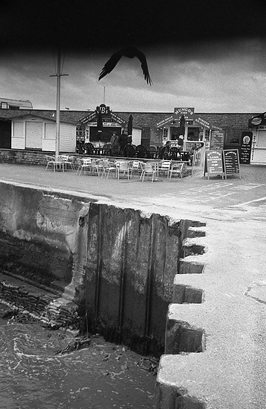paulfish4570
Veteran
... and it did so once in about 200 snaps at shutter speeds from 1/30 to 1/500. The only "cap" came on 1/500, out of 40 or so snaps. Is this worth trying to adjust?
Thanks.
Thanks.
Well, of course it would, Keith! 🙂
I really like the rascal, especially the loooooooooong rangefinder base ...
Paul,... and it did so once in about 200 snaps at shutter speeds from 1/30 to 1/500. The only "cap" came on 1/500, out of 40 or so snaps. Is this worth trying to adjust?
Thanks.
Before someone jumps in and whinges about FSU reliability, let me just add that I've just (hopefully) fixed the very same issue on my Leica IIIC.

I don't think that's the thread fidget was referring to. Actually, another thought has occurred to me on this - paulfish did say originally, in the thread above, that it was mostly when the camera had sat a while. Holding the camera vertically the way he said, the shutter blinds are running uphill. And yet, the problem is on the left of the shot/right of the shutter. Fidget's idea starts to make more sense as the culprit and it's actually not capping.I think this is the earlier thread http://www.rangefinderforum.com/forums/showthread.php?t=90564
Sounds to me like Paul is already checking the shutter in front of the TV and all that, but is reluctant to make any adjustments since the problem is so infrequent.
Paulfish,I tried the LCD tv thing and just was not sure of what I was seeing.


